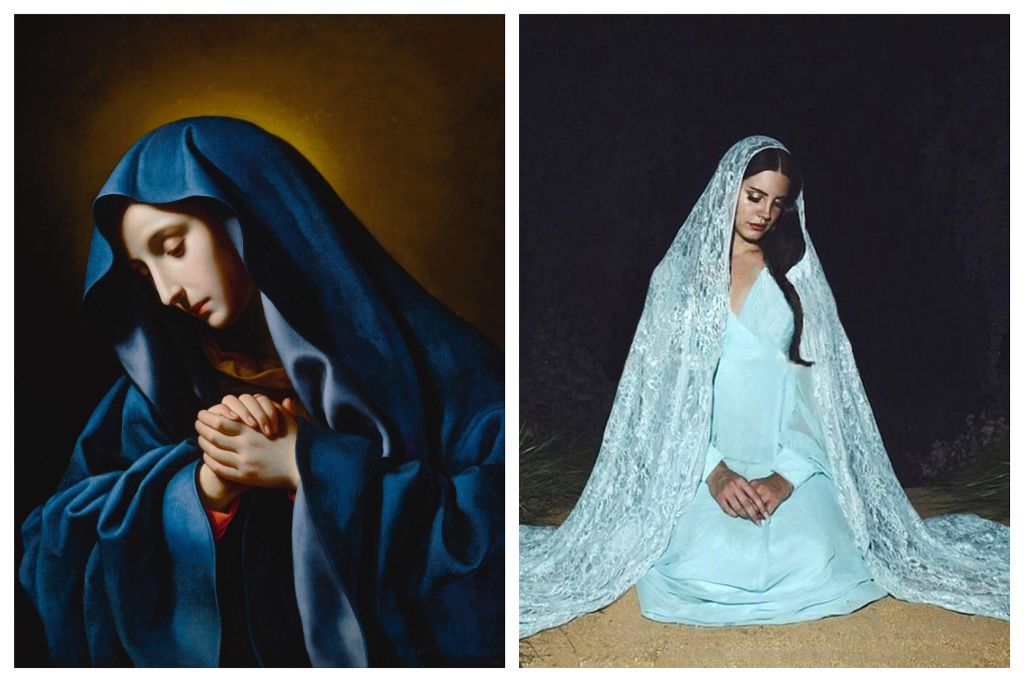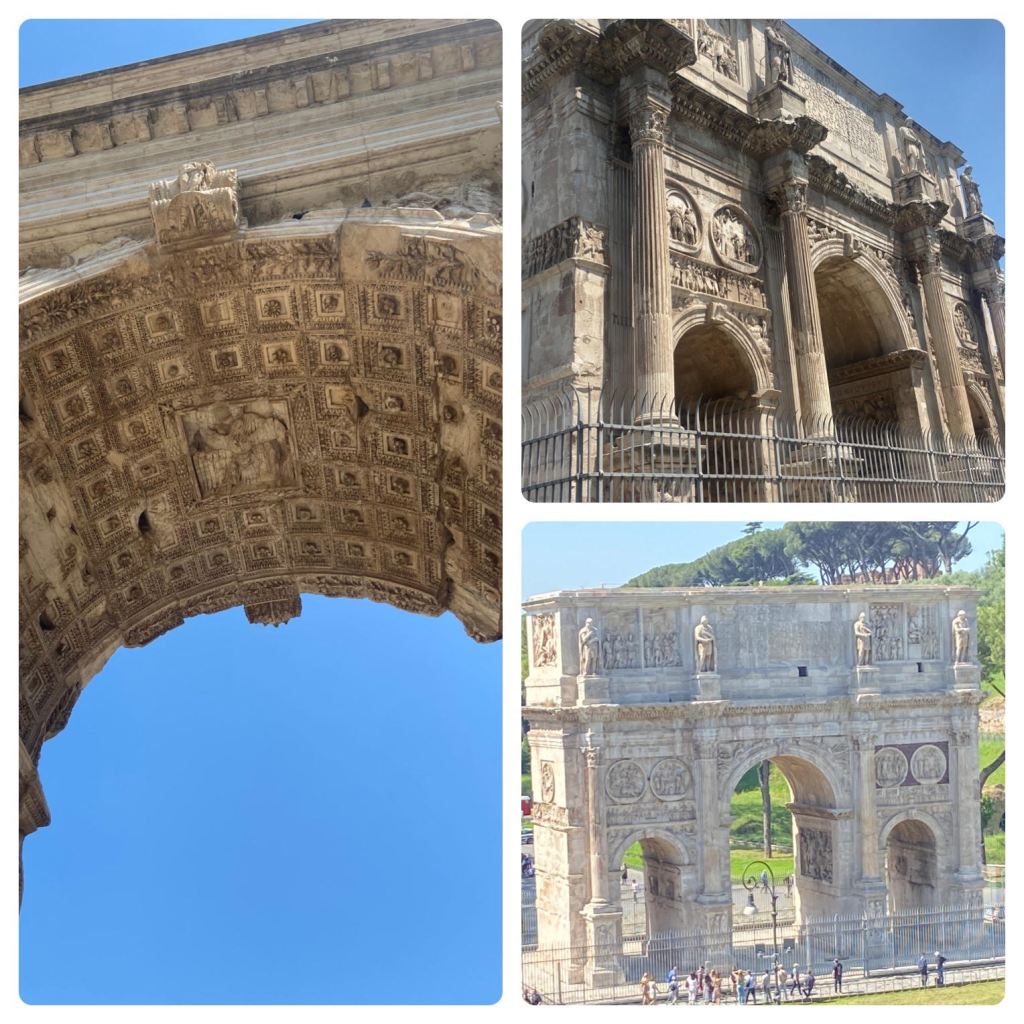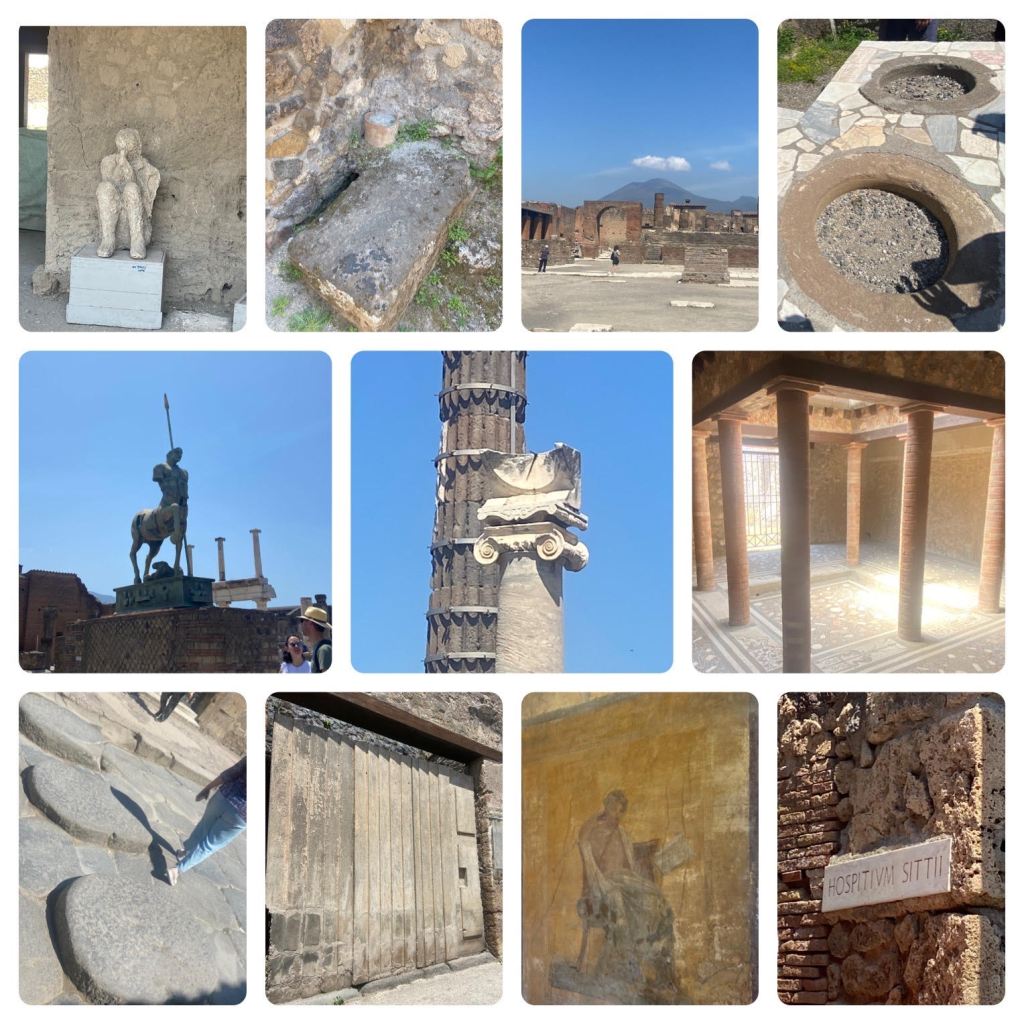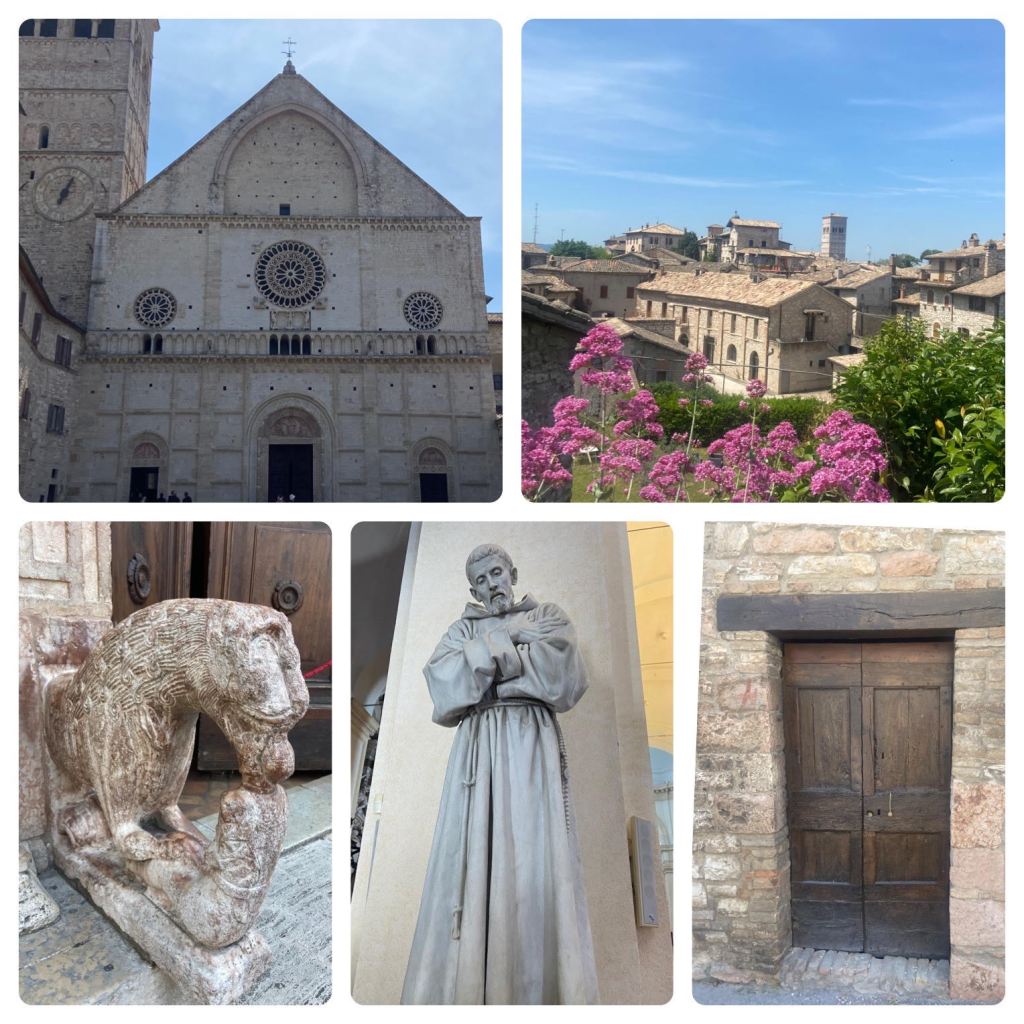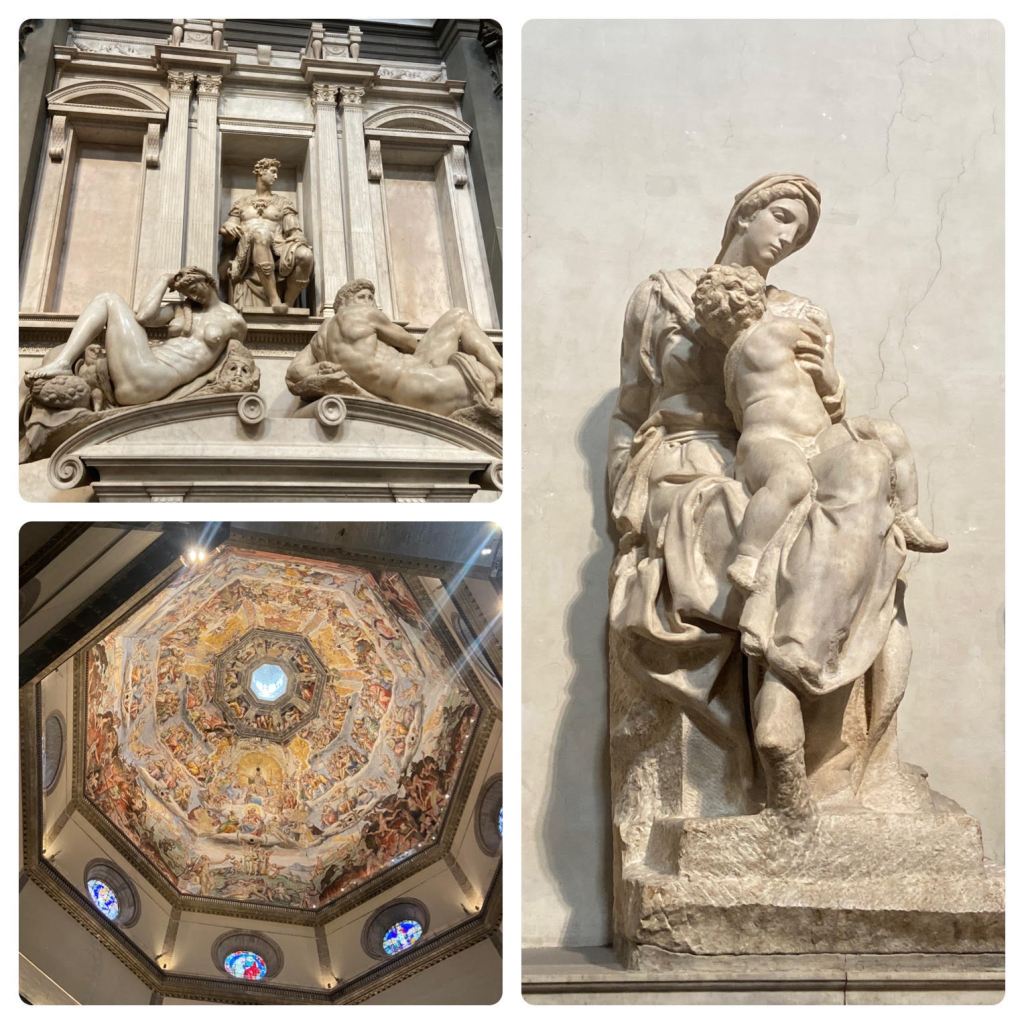
“Veni, Vidi ,Vici”
Introduction
I must admit that I was nervous to partake in the trip to Italy. It was the first time that I was leaving the country and alone, for that matter. It was not until I stumbled upon the saying “Veni, Vidi, Vici” from one of the other classes that my perspective on the upcoming trip changed. Meaning “I came, I saw, I conquered” was originally spoken by Julius Caesar in a letter dedicated to the Roman Senate after defeating a Roman Enemy. And while the saying has been quoted by many of those within politics and even pop culture artists, its message is enduring. Used by so many before me, I decided to put my own spin on the saying and use it as I embarked on my trip. Additionally, I also intend to reshape the idea of the grand tour, once exclusive to younger white males, and also reveal historical, artistic, and cultural experiences throughout my time in Italy.
Rome- History
Italy has changed, but Rome is Rome
Robert De Niro
What captivated me the most about Rome is that it is not a place where one learns about history; it is one where you live it. Being able to walk the same roads, enter the same buildings, and even drink from the same water made it feel as if I was living amongst those of the past. It is the type of place where you are walking home from work and then stumble upon the historical site where Julius Caesar was killed. In Rome, history is found anywhere and everywhere. One of my favorite examples of this could be seen in the malls, rest stops, and train stations, where they have on display a large number of artifacts unearthed throughout construction (looking for these displays became one of my favorite pastimes). To this day, I still cannot shake the fact that there is so much more of Ancient Rome that is still buried and will remain that way due to the ancient city becoming the literal and figurative foundation of modern Rome.
Vatican- Religion and Community

Personally, the Vatican had to be the greatest excursion during my stay in Italy. As someone who comes from a devout Christian family, I felt that It was a must that I visit the capital of the Catholic world and even partake in the Christian pilgrimage. One of my favorite moments at the Vatican was my second visit. It was the crack of dawn, and I decided to attend the earliest mass. Because of the time, the sun was positioned in a way that allows light to enter St. Peters. At first, I expected people to avoid the areas where the sun was hitting due to it being too bright and hot, but this was not the case. Instead, people walked into it and started to pray. Being the first thing that I witnessed while entering St. Peters, I was instantly moved. For someone who is religious, it felt as if God was present and was welcoming visitors into the church.
Seeing the Vatican also changed my idea of the Catholic community. Having never left the states, I always assumed that Catholicism was not as large as I thought. This mindset quickly changed when I met many others who were partaking in Catholic pilgrimages to the Vatican and through my participation in the Papal Audience and Angelus. On both occasions, the plaza was filled to the brim, and multiple languages could be heard. It didn’t hit me until after all the translators cited the pope’s speech and a papal blessing on how broad the community is. It was an incredible experience to see a large group of people from different cultures and backgrounds come together, pray, and share a connection through faith.
Florence- Art

After learning so much about Rome in just two weeks, leaving the city felt like a break-up. Being unfamiliar with Florence, I had no idea what to expect, so I entered the city with not the most excited of attitudes. However, this mood quickly switched as we walked through the duomo, and the professor pointed out to us Brunelleschi’s dome. The perfectly lined marble and colors similar to those of the Italian flag, along with the baroque sculptures found at almost every corner, finally hit me. As I later discovered, many of the art pieces and buildings throughout Florence were a direct result of the Renaissance. Throughout our excursion through Florence, we learned that this period was a rebirth and introduced many classical ideas and art. Such as depth beyond a flat surface, humanism within religious figures, and even a new brick pattern called the herringbone. While these art concepts sounded way too good to be true, a quick visit inside the duomo would completely change this mindset.
My visit to Florence had to be one of my favorites. Not only did this city help me gain a better understanding of art history and the fervent period of the Renaissance, but it also reminded me that there is so much more of Italy that had yet to be seen.
Cinque Terre- Beauty and Nature

While Cinque Terre contains history and art, what really makes it shine is its beauty. Surrounded by beautiful mountains, cliffs, vineyards, and wild goats, Cinque Terre is the place that everyone thinks of when they think of an Italian summer. The views within any of the towns are enough to satisfy almost any traveler. However, if you want to have the full experience of the five towns, you must hike through the mountains. While it is tiresome, it quickly becomes an afterthought once you are immersed in the environment while having the best views of Cinque Terre.
The few days we had at cinque Terre had to be some of my favorite moments throughout the trip. While I enjoyed learning about art and history, our leisure time in Cinque Terre was a break very much needed. Being able to relax and pick beautiful rocks from the seashore, hike through nature, and jump off the cliffs made me feel like a kid, full of happiness and free of worries.
Cinque Terre- Vernazza
Taking a break at Cinque Terre was a treat for everyone. However, feeling that there was something to learn from our visit to Cinque Terre, I decided to pursue any history that could be found. One town in particular that seemed to have the most historical background was Vernazza. Along with containing fresh seafood, local wine, and amazing gelato, I learned that Vernazza was once a naval base that secured the Ligurian coast from constant pirate attacks. Today, some of the ruins of the fortress can be seen on the hill overlooking the town.
In addition to the town’s historical ruins, Vernazza has a religious background as well. One example of this could be seen in the church of Santa Margherita of Antioch. According to legend, a wooden box containing St. Margarita’s finger came up on the shore of Vernazza. However, after a storm hit the town, the relic was temporarily lost until it miraculously returned to the same spot. Seeing this as a blessing, the people of Vernazza decided to build the church of Santa Margherita at the site.
Venice- History
After our brief visit and break at Cinque Terre, I was looking forward to learning more about the art and history of another major city in Italy, especially since the class was coming to an end. Prior to visiting Venice, it was difficult to believe that an entire city was built on just pine trees and stone. However, while walking to our apartments, these doubts quickly became an afterthought. Created as a way to avoid an invasion from barbarians, Venice turned into a city of boats and sailors which later established the city as the center for trade between Europe and Asia. Later on, other factors such as multiculturalism, heathenism, and capitalism allowed Venice to become one of the chief cities of Italy.
Venice was very distinct when compared to the other cities visited in Italy. Along with there being no cars, trees, or bushes, many of the buildings were tilted, uneven roads, and maze-like alleyways. That being said, this city felt the most familiar. Whether it was due to constant boats, diverse culture, or the never-ending humidity, Venice reminded me of my hometown, Miami. The traditional carnivals, tight alleyways, and the structure of the housing in Venice also resembled a little bit of New Orleans.
Venice- Environmental Issues

While Venice managed to resolve its issue of being overrun by barbarians, today, the city is at risk of being overrun by water. In addition to the recent floods caused by the climate crisis, the city and its beautiful architecture are getting ruined by water waves. This was something that I became aware of after witnessing the Vogalonga near the Rialto bridge. While it originally appeared to be a race between kayaks, I later discovered that this event had no competition, direction, or destination. The boats just existed and interacted with each other. After doing further research, I learned that the Vogalonga is a peaceful protest that is meant to spread awareness of the damage that powerboats are having on the city. While I found the message behind the protest empowering, what really made it even more spectacular was the participants. Open to all who have a kayak, the Vogalonga welcomes participants from all over Europe, such as Switzerland, Spain, France, Germany, and the Netherlands. Additionally, many of the medics and police decided to participate in the event as well. In the end, witnessing this demonstration was such a great experience because I was able to witness people from almost all the corners of Europe, along with many of the bystanders on the bridge, stand in solidarity with the inhabitants of Venice against the damages caused by power boats.
Conclusion
All in all, this trip was life-changing for me. Being able to visit all of the places that I only saw through history books was a dream fulfilled. In the end, through this class, I felt that I was able to successfully “Veni, Vidi, Vici.” I came to Europe alone, and as a result, I was able to make lifelong memories and friendships with those in my class. I saw the Colosseum, the Pope, the Sistine Chapel, the Roman Forum, Michaelangelos David, Pompeii, the birth of Venus, Brunelleschi’s dome, glass making, and so much more. And I conquered my fear of heights, the hike through five towns, and my doubts.
Works Cited
Home. Vogalonga Venezia. (2022, June 3). Retrieved June 15, 2022, from http://www.vogalonga.com/en/home-2/
Salmoiraghi, I. (n.d.). The Church of Santa Margherita d’Antiochia, Vernazza. updated 2021. Retrieved June 15, 2022, from https://www.lecinqueterre.org/eng/arte/vernaantiochia.php
Vernazza. Cinque Terre. (n.d.). Retrieved June 15, 2022, from https://www.cinqueterre.eu.com/en/vernazza



